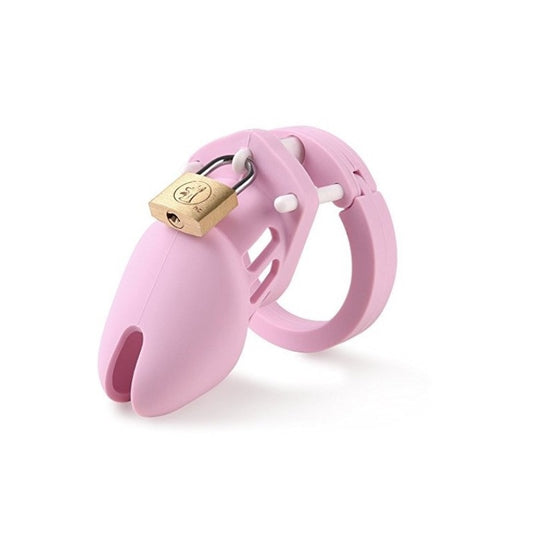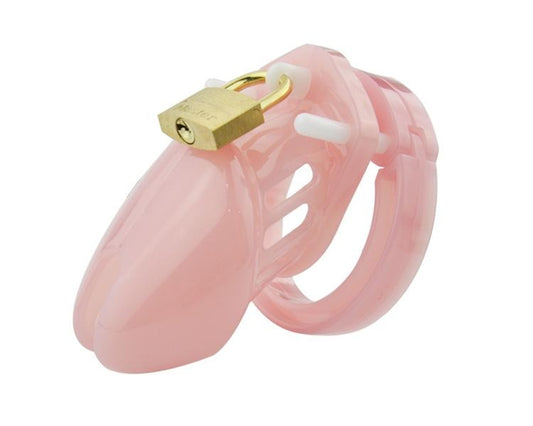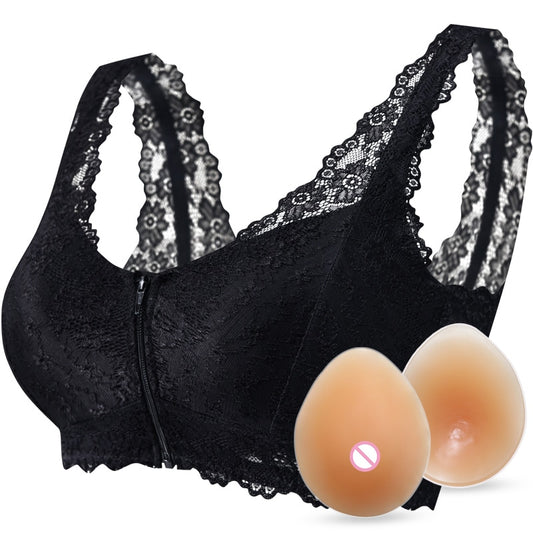In the realm of intimate relationships and personal exploration, the topic of chastity devices often sparks curiosity and debate. As the popularity of these devices continues to grow, many individuals find themselves wondering about the legality of owning and using them. In this blog post, we'll delve into the legal landscape surrounding chastity devices, providing you with the information you need to navigate this intriguing and sometimes complex world.
Understanding Chastity Devices
Chastity devices, also known as male chastity devices, are physical restraints designed to limit or prevent sexual activity. These devices come in a variety of shapes and sizes, ranging from simple rings to more elaborate cages and harnesses. They are often used in the context of BDSM (Bondage, Discipline, Dominance, Submission, Sadism, and Masochism) practices, where they can serve as a tool for power exchange and sexual exploration.
The Legal Landscape
When it comes to the legality of chastity devices, the landscape can be somewhat complex and varies depending on the jurisdiction. In many countries, the ownership and use of chastity devices are generally legal, as they are considered to be personal items used for private, consensual activities.
However, it's important to note that there may be certain restrictions or regulations in place. For example, some jurisdictions may have age-of-consent laws that prohibit the use of chastity devices by minors. Additionally, the sale and distribution of these devices may be subject to specific regulations, particularly if they are marketed or sold as sex toys.
Navigating the Legal Landscape
If you're interested in exploring the world of chastity devices, it's crucial to familiarize yourself with the laws and regulations in your local area. Here are some tips to help you navigate the legal landscape:
-
Research your local laws: Thoroughly research the laws and regulations regarding the ownership and use of chastity devices in your specific location. This information can often be found on government websites or by consulting with local legal professionals.
-
Ensure consent and safety: When using chastity devices, it's essential to ensure that all parties involved are consenting adults and that the devices are used in a safe and responsible manner. Prioritize communication, trust, and the well-being of all participants.
-
Seek professional advice: If you have any doubts or concerns about the legality of chastity devices, it's advisable to consult with a legal professional who specializes in this area. They can provide you with personalized guidance and help you understand the specific laws and regulations that apply to your situation.
-
Purchase from reputable sources: When acquiring chastity devices, it's recommended to purchase from reputable and trustworthy vendors who prioritize safety, legality, and customer satisfaction. Avoid any sources that may be operating in a legal gray area or engaging in questionable practices.
Embracing Responsible Exploration
Ultimately, the legal landscape surrounding chastity devices is complex and can vary significantly depending on your location. By educating yourself, prioritizing consent and safety, and seeking professional guidance when necessary, you can navigate this world responsibly and with confidence. Remember, the key is to engage in these practices in a manner that is legal, ethical, and respectful of all involved.
As you explore the world of chastity devices, embrace the opportunity to deepen your understanding, expand your horizons, and cultivate fulfilling and meaningful intimate experiences. With the right approach, you can unlock new realms of pleasure, self-discovery, and personal growth.




















